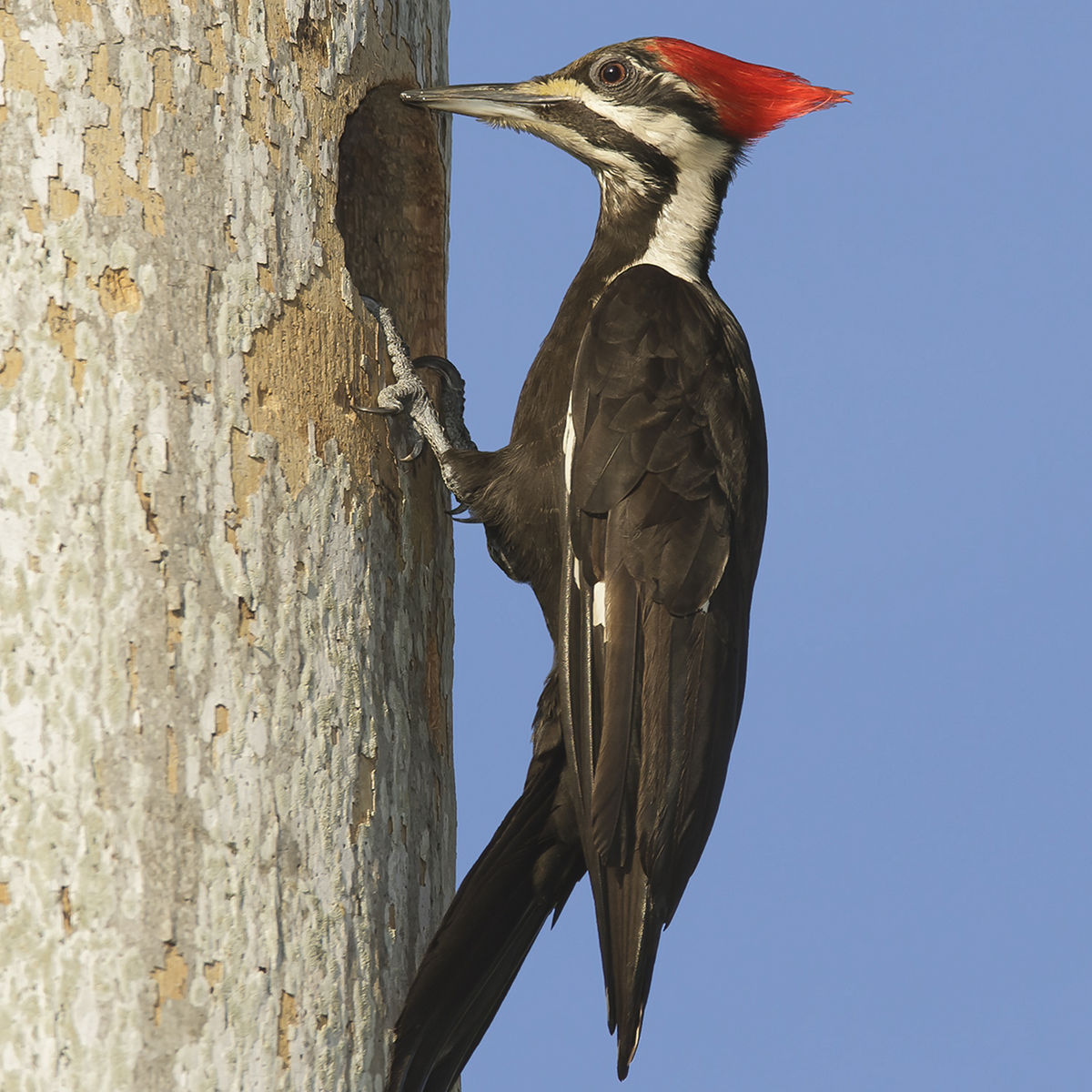Discover the Interesting World of Woodpeckers: Everything You Required to Know
The globe of woodpeckers is a realm loaded with special habits, intricate adjustments, and a varied range of types. From their habitats and circulation patterns to their feeding habits and specialized anatomical features, woodpeckers have long captivated the rate of interest of ornithologists and nature enthusiasts alike. Recognizing the details of these interesting birds offers a peek right into the intricate interaction between their biology and the setting. As we check out the globe of woodpeckers further, we reveal a wide range of info that clarifies their significance in environments and the obstacles they encounter in an ever-changing globe.
Woodpecker Habitats and Circulation
In North America, for example, woodpeckers can be spotted in both coniferous and deciduous forests, utilizing their solid beaks to forage for insects and produce nesting dental caries in trees. In Africa, particular woodpecker species have adjusted to dry settings, such as the acacia woodlands, where they play an important duty in regulating insect populations.

Feeding Behaviors and Diet
Among the numerous aspects of their behavior, woodpeckers show distinctive feeding behaviors and nutritional choices. These birds are primarily insectivores, with a diet regimen that consists of ants, beetles, caterpillars, and various other bugs found in trees. Woodpeckers use their solid beaks to pierce into the bark of trees, penetrating for pests and larvae concealed underneath the surface area. In addition to bugs, woodpeckers additionally eat nuts, seeds, fruits, and sap. Some species have specialized tongues with barbed tips that help them extract insects from gaps in timber.
Woodpeckers are understood for their drumming habits, which offers not only to interact with other woodpeckers but additionally to find food. The fast drumming sound is developed by the bird pecking on powerful surfaces like dead trees or metal posts. This habits can attract insects hidden in the wood, permitting the woodpecker to spot their visibility and prey on them.
Special Adjustments for Tree Climbing
In their skilled pursuit of bugs concealed within tree bark, woodpeckers have actually developed remarkable physiological functions that outfit them with one-of-a-kind adjustments for effective tree climbing. Among the essential adaptations is their zygodactyl feet, with 2 toes pointing onward and two aiming backward, providing a solid official statement grasp on tree trunks. This customized foot arrangement permits woodpeckers to cling to vertical surfaces easily, enabling them to move up and down trees with agility. Furthermore, woodpeckers have rigid tail plumes that function as an encouraging prop while they climb, helping in balance and stability. Their solid, chisel-like beaks are not just used for exploration into wood yet additionally for clutching onto bark check here as they rise tree trunks. Woodpeckers have strong neck muscles and an one-of-a-kind skull structure that take in the effect of consistent pecking, enabling them to climb up up and down without causing injury to their brains. These adaptations display the amazing transformative style that allows woodpeckers to navigate trees with accuracy and effectiveness.
Diverse Woodpecker Species Worldwide
With over 200 different species spread throughout numerous environments worldwide, the household of Picidae encompasses an exceptional variety of woodpeckers. These birds can be located in woodlands, timberlands, savannas, and also city locations, showcasing their adaptability to various atmospheres. From the legendary Northern Flicker in North America to the vivid and evasive Crimson-backed Flameback in Asia, each woodpecker types exhibits unique qualities in regards to tuft, actions, and habitat choice.
Woodpeckers vary significantly in size, with the petite Downy Woodpecker measuring around 6-7 inches in length, while the effective Lineated Woodpecker can get to up to 17 inches - Woodpeckers in Florida. Their beaks likewise can be found in various shapes and sizes, reflecting their feeding habits. Some species specialize in drawing out bugs from tree bark, like the Acorn Woodpecker, while others, such as the Black-cheeked Woodpecker, feed on fruits and seeds

Conservation Initiatives and Difficulties
Conservation efforts for woodpecker populaces are critical in mitigating the impact of habitat loss and various other hazards dealing with these varied avian varieties. Woodpeckers deal with various difficulties to their survival, primarily due to logging, urbanization, climate change, and invasive species. To attend to these concerns, preservation click for source efforts focus on shielding and recovering woodpecker habitats, carrying out sustainable forestry techniques, and raising understanding regarding the relevance of these birds in ecological communities.
One substantial obstacle in woodpecker preservation is the fragmentation of their habitats, leading to isolated populations that are much more vulnerable to extinction - Woodpeckers in Florida. Guardians function to develop wildlife hallways and shielded areas that connect these fragmented environments, allowing woodpeckers to move between various areas for feeding, reproducing, and sanctuary

Verdict
In conclusion, woodpeckers are interesting birds with distinct adjustments for tree climbing and feeding actions. They can be located in diverse environments worldwide, facing preservation challenges because of habitat loss and human activities. Recognizing their habitats, diet plans, and habits is critical for conservation efforts to safeguard these vital bird varieties. More study and preservation actions are needed to make certain the survival of woodpeckers in the wild.
Comments on “Experiencing Woodpeckers in Florida: Species Variety and Recognition”